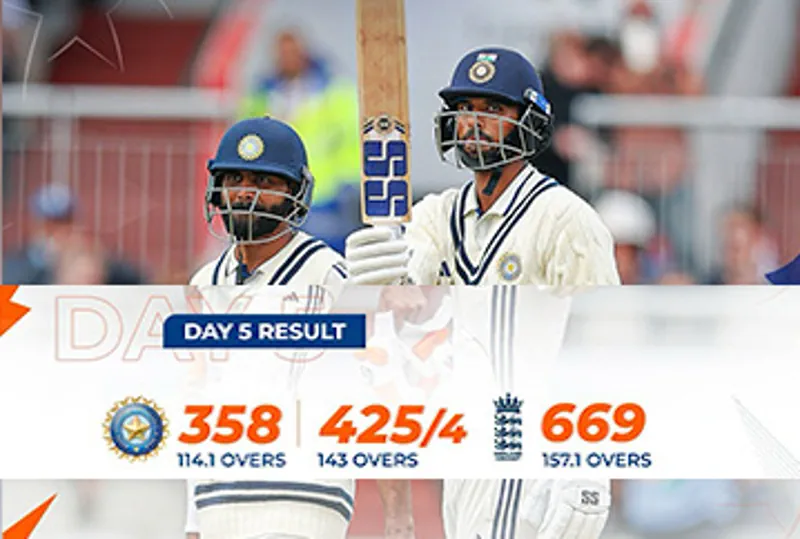Cricket has always been a thinking person’s game: there are moments of pure athleticism, stunning sixes, and breathtaking catches. But beneath the surface, cricket is built on strategy, on knowing when to attack, when to defend, and when to simply survive the moment. Whether it’s Test cricket played over five days or a 20-over sprint to the finish, smart decisions separate the winners from everyone else.

Today, that element of smart play feels even sharper. In a world where fans can shift between live matches, fantasy leagues, and platforms like Jackpot City TZ for entertainment, the value of making the right move at the right time stands out. Just like in cricket, success on a gaming platform depends on timing, patience, and knowing exactly when to take your shot. Success, in any format, still belongs to players who can read the game, adjust quickly, and play not just with skill, but with their minds.
In Test matches, where patience is often the ultimate weapon, strategy looks different. Batsmen are asked to grind out hours at the crease. Bowlers probe relentlessly for weaknesses, setting traps that might not spring until a session or two later. Captains juggle field placements and bowler rotations with long-term outcomes in mind. A flashy six might light up a highlight reel, but in a Test match, it’s often the unseen battles—the defensive leaves, the inch-perfect deliveries—that decide everything.
Switch over to One-Day Internationals, and the strategic gears shift again. Now it’s about balancing aggression with caution. Teams chase targets that demand a calculated risk: pushing the run rate without burning through wickets too soon. Bowlers have fewer deliveries to make their mark. Fielding sides need to think fast, using powerplay overs and death bowling to shift momentum. Strategy happens minute by minute, not just hour by hour.
Then there’s T20 cricket, where every ball counts and every mistake is magnified. It’s tempting to think T20 is just about big hitters and lucky breaks, but the smartest teams know better. It’s about matchups—left-handers vs. off-spinners, death overs specialists against desperate sloggers. Captains must react instantly, reshuffling plans at the hint of a swing in momentum. In a 20-over match, being one step ahead isn’t a luxury. It’s survival.
The best teams understand that strategy isn’t just about planning. It’s about adapting. Great players have a plan, sure, but they also know when to ditch it. Conditions change. Opponents bring surprises. The smartest cricketers are those who spot the shift early and move with it.
Even outside the boundary rope, the love of strategy echoes. Fans dive into fantasy leagues, prediction games, and even explore platforms like Jackpot City, where understanding odds, timing, and smart decision-making is just as important. It’s no coincidence that the same brains that enjoy reading a cricket match like a chessboard also thrive in strategic games elsewhere.
As the formats evolve and technology brings more data into play, cricket’s core remains the same. Strategy wins. Whether it’s a five-day grind in whites or a wild T20 under the lights, the players who think quicker usually come out on top.
Cricket has never been just about swinging harder or running quicker. It’s all about sensing the moment, choosing your moves, and delivering when the stakes are highest.
Also Read:
- IND vs ENG: Jadeja, Sundar, Gill Hundreds Help India Earn Dramatic Draw Against England in 4th Test
- “If There Are No Bilateral Matches, Why Play in Multination Events?”: Azharuddin on India-Pakistan Asia Cup Clash
- Men’s Asia Cup 2025 To Be Held In UAE; ACC
- Ben Stokes Creates History With 11,000 International Runs And Rare 7,000 Runs-200 Wickets Test Feat




